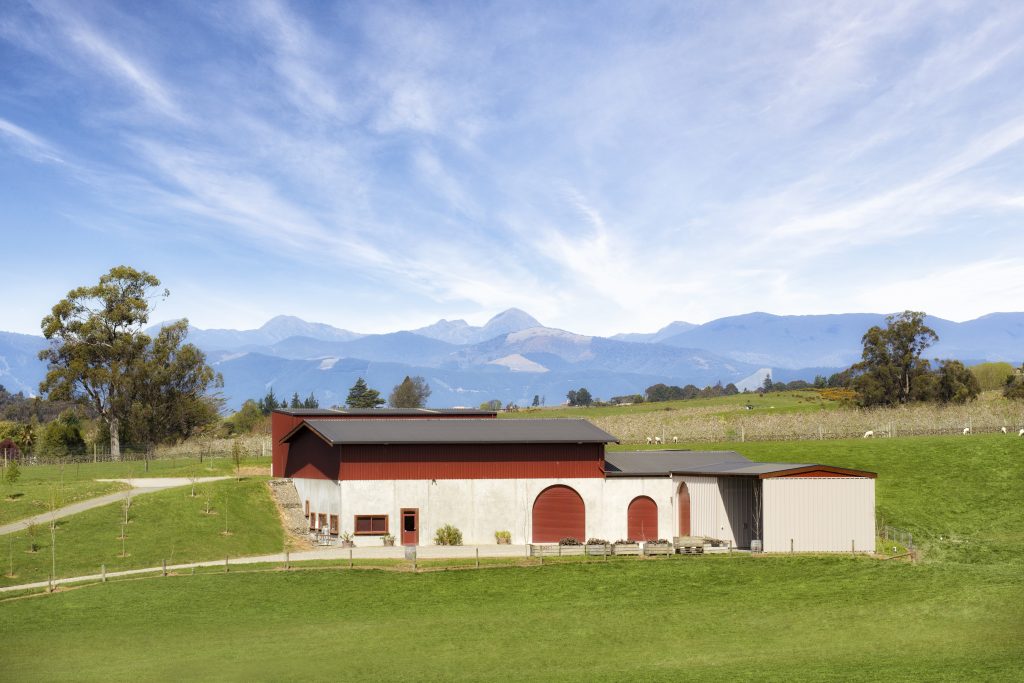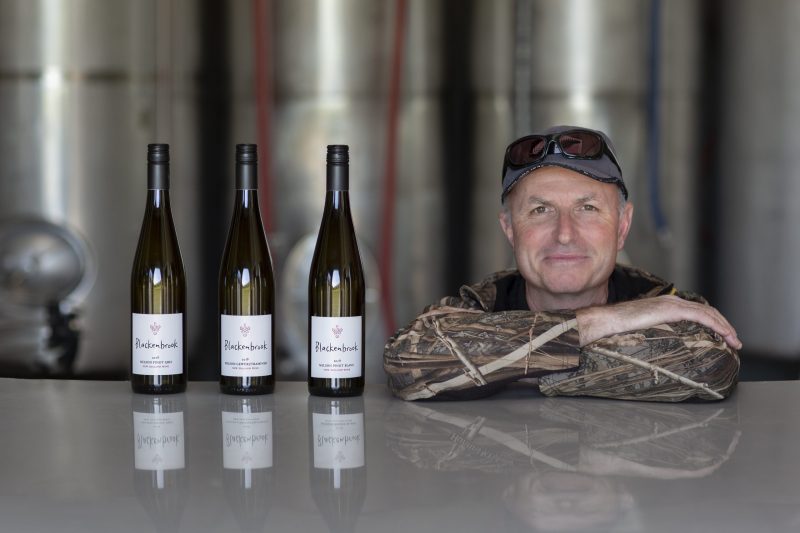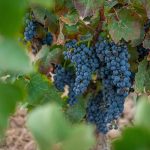New Zealand’s Nelson wine region is renowned for its Sauvignon Blancs, Chardonnays and Pinot Noirs, but Blackenbrook Vineyard is growing French varietals that could rival the white wine champions of the region. Journalist Samuel Squire chatted with Blackenbrook’s winemaker Daniel Schwarzenbach about his Alsace-inspired wines and the story behind them.
New Zealand’s Blackenbrook Vineyard has been producing Alsace-inspired wines from the French region’s grape varieties since 2016. The introduction of the winery’s Pinot Blanc completes a trio of Alsatian wines and presents a one-of-a-kind offering from the Nelson wine region.
Ten years ago, Blackenbrook winemaker Daniel Schwarzenbach was a judge at Mondial des Pinots in Switzerland — a wine competition solely dedicated to Pinot varieties — and he tasted some tank-fermented Pinot Blanc.
“I was absolutely blown away by the flavour. It was totally unexpected. I knew then that I wanted to grow it back home in New Zealand,” he said.
“Most Pinot Blanc wine is produced in Alsace, Germany and Italy. Their grapes grow in older soils that can be quite mineral-rich and produce grapes with floral stone fruit flavours. You get more depth of flavour with older soils, but I really think our first vintage has intense flavour characteristics already.
“Our vines are still young and, as the roots grow deeper, we hope to get close to the concentration of flavour that you find in Alsace.”
Schwarzenbach said that although the wine made by Blackenbrook Vineyard does make use of some of the Alsatian winemaking styles and techniques, he hasn’t adopted all the principles from the French region.

“I did a stint in Alsace making some Pinot Blanc, Gewurztraminer and Pinot Gris using some of the region’s traditional winemaking techniques,” he said.
“Wineries over in that part of the world use techniques like structuring their winery to be gravity-fed, which allows for minimal pumping — naturally cascading. It’s a very biodynamic method.
“Blackenbrook is not biodynamic, but it is a sustainable winery. I’ve taken the best parts of the Old World and combined them with the new one.
“We handpick and hand-sort our fruit from the vineyard; we use whole-bunch pressing and use extended skin contact because the majority of the flavour from these grapes is just under the skin.”
Schwarzenbach said Blackenbrook’s Pinot Blanc presents floral notes with nutty components and is a good middle ground between the label’s Gewurztraminer and Pinot Gris.
“The 2019 Pinot Blanc is our first vintage since we planted the vines in 2016. Normally in the Alsace region, they age their Pinot Blanc in oak barrels, but we’ve scrapped that and taken steps in our vineyard that brings out the wine’s flavour better,” he said.
“This varietal is much better suited to cooler climate growing seasons, which suits us perfectly as we are not only cooler, but our vineyard is about one kilometre from the sea, so we take full advantage of the sea breezes over summer.
“Our soil is also quite high in clay content, which aside from it giving a nice mineral backbone to the flavour of the grapes, we don’t need to irrigate as much as we would for other grape varieties. This is because clay tends to hold a lot more moisture than other soil types. These Alsatian grapes then become quite easy to grow in comparison.”
However, Schwarzenbach went on to add that the addition of Blackenbrook’s Alsatian-inspired Pinot Blanc hasn’t aided the fruition of the label’s Gewurztraminer in the consumer market.
“I think the main reason there isn’t much of, for a lack of a better word, demand for Gewurztraminer, is because it’s a very driven French variety and it’s difficult to sell over here because it’s quite difficult for some people to actually pronounce,” he said.
“Another reason being that restaurants, at least locally, don’t offer the wine by the glass. That doesn’t give people much of an opportunity to try a glass of it, instead they have to buy the entire bottle. If it was offered by the glass, I think that would change.
“Gewurztraminer is quite similar to Muscat. It’s very floral and has solid ginger spice notes to it alongside rose petal, Turkish delight and lychee flavours.”
Schwarzenbach believes that, while adding these wine varietals to the market in New Zealand is not a new initiative, it is one that could diversify tastes and he remains determined to continue producing these unique wines.
“Making Pinot Blanc, Gewurztraminer and Pinot Gris isn’t a new thing to happen in New Zealand, but it is something I have a passion for,” he said.
“I want to bring my take on these wine styles to people, from vine to glass.”
This article was originally published in the January issue of The Australian & New Zealand Grapegrower & Winemaker magazine.





















